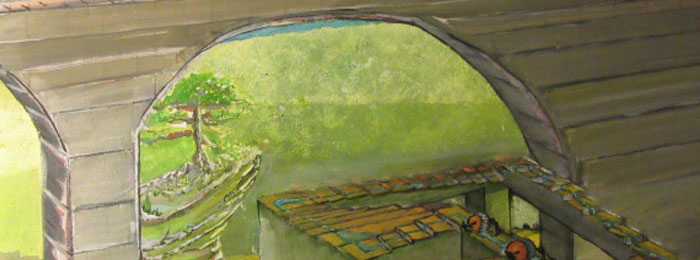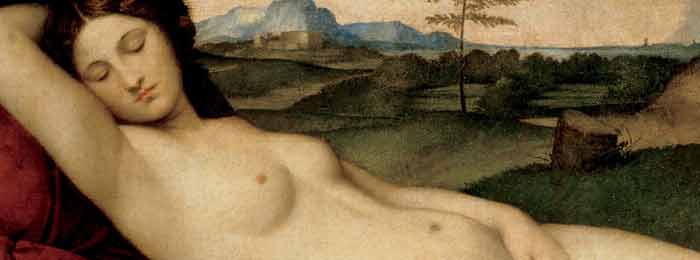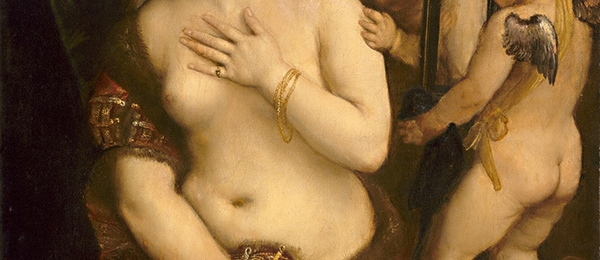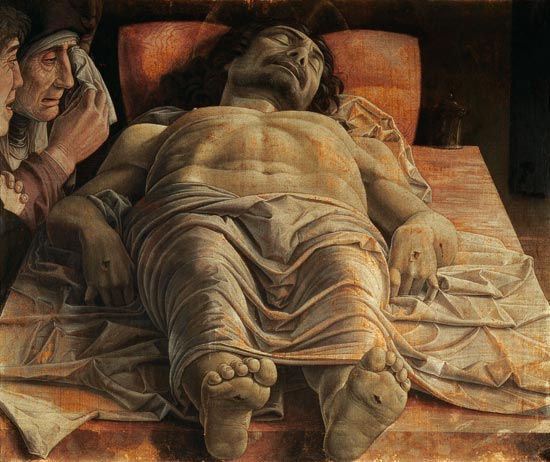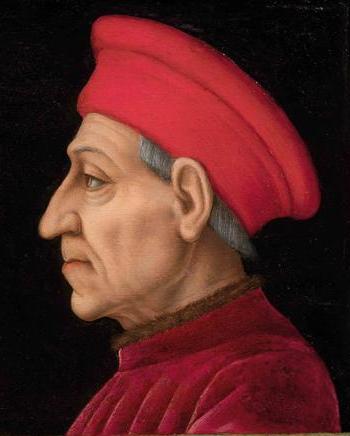On 14 Dec, 2016 With
Feedback from (paste name here)
I am a professional (traditional) cook, born 1961 and raised in Belgium, now living in a rural part of Hungary and unemployed. Some people in my family painted oils and watercolors, so I guess that influenced me as a boy. My parents gave me the choice what to study, art school or hotel school. Wish I could have chosen both…:)
I’ve tried out airbrush when I was in my twenties, but my affection is always drawn to the masterpieces of the Renaissance as well as the surrealist Dali’s work. It seemed difficult to find good video lessons on the internet on these techniques until today 🙂 …
Read More
On 18 Aug, 2015 With
Venetian Painting Techniques The painting techniques employed by Northern Renaissance artists strongly influenced the work of renowned painters, such as Titian and Giorgione, during the Italian Renaissance. Venetian artists also greatly impacted the styles of this period, notably the Van Eyck brothers. The oil painting techniques developed by these Flemish painters around the year 1400 combined the use of egg tempera and oil painting, with the underpainting being created using a grisaille technique of tempera, while pure colored oil glazes were carefully applied on top. This combination painting technique added remarkable lustre to their small panel paintings, resulting in striking jewel-tones, the most vivid hallmark of the brothers’ famous style. Prior to the Van Eyck brothers’ success with their combination…
Read More
On 10 Jun, 2014 With
Modern painting methods are far more rapid and direct than those used by the “old masters,” and as such, make replicating the works of these great artists a challenge, even when we render each colour and tone as closely as seems possible. The transparency and luminosity that was created by the heavily layered techniques of the old masters is found lacking regardless of one’s efforts to recreate colour and tone. This mysterious challenge invariably proves very frustrating when attempting to copy Renaissance art, with our current methods always producing something that appears heavy and overly opaque by contrast. Some have attributed the wondrous lustre and more translucent look of the old masters’ work to time, but that is not…
Read More
On 23 Jan, 2011 With
Classical painting techniques in Renaissance – Foreshortening Part 4 Foreshortening refers to the visual effect or optical illusion that an object or distance appears shorter than it actually is because it is angled toward the viewer. Although foreshortening is an important element in art where visual perspective is being depicted, foreshortening occurs in other types of two-dimensional representations of three-dimensional scenes. Some other types where foreshortening can occur include oblique parallel projection drawings. Figure F1 shows two different projections of a stack of two cubes, illustrating oblique parallel projection foreshortening (“A”) and perspective foreshortening (“B”). This technique was often used in Renaissance painting.
Read More
On 21 Jan, 2011 With
Classical painting techniques: Perspective Part 3 The use of Perspective: The first major treatment of the painting as a window into space appeared in the work of Giotto di Bondone, at the beginning of the 14th century. True linear perspective was formalized later, by Filippo BrunelleschiLeon Battista Alberti. In addition to giving a more realistic presentation of art, it moved Renaissance painters into composing more paintings. Prior to the Renaissance, a clearly modern optical basis of perspective was given in 1021, when Alhazen (al-Hasan Ibn al-Haytham, d. ca. 1041 CE), an Iraqi physicist and mathematician, in his Book of Optics (Kitab al-manazir; known in Latin as De aspectibus or Perspectiva), explained that light projects conically into the eye. Alhazen’s geometrical,…
Read More
On 20 Jan, 2011 With
Classical painting techniques – Renaissance art Part 2 Influences: The influences upon the development of Renaissance art in the early 15th century are those that also affected Philosophy, Literature, Architecture, Theology, Science, Government and other aspects of society. The following list presents a summary, dealt with more fully in the main articles that are cited above. 1. Classical texts, lost to European scholars for centuries, became available. These included Philosophy, Poetry, Drama, Science, a thesis on the Arts and Early Christian Theology. 2. Simultaneously, Europe gained access to advanced mathematics which had its provenance in the works of Islamic scholars. 3. The advent of movable type printing in the 15th century meant that ideas could be disseminated easily, and an…
Read More
On 19 Jan, 2011 With
Classical painting techniques. Part 1 Renaissance art is the painting, sculpture and decorative arts of that period of European history known as the Renaissance, emerging as a distinct style in Italy in about 1400, in parallel with developments which occurred in philosophy, literature, music and science. Renaissance art, perceived as a “rebirth” of ancient traditions, took as its foundation the art of Classical antiquity, but transformed that tradition by the absorption of recent developments in the art of Northern Europe and by application of contemporary scientific knowledge. Renaissance art, with Renaissance Humanist philosophy, spread throughout Europe, affecting both artists and their patrons with the development of new techniques and new artistic sensibilities. Renaissance art marks the transition of Europe from…
Read More
On 13 Jul, 2010 With
Sistine Madonna, also called The Madonna di San Sisto, is an oil painting by the Italian artist Raphael. Finished shortly before his death, ca. 1513–1514, as a commissioned altarpiece, it was the last of the painter’s Madonnas and the last painting he completed with his own hands. Relocated to Dresden from 1754, the well-known painting has been particularly influential in Germany. After World War II, it was relocated to Moscow for a decade before it was returned to Germany. There, it resides as one of the central pieces in the Gemäldegalerie Alte Meister. Composition In the painting, the Madonna, holding the Christ Child and flanked by Saint Sixtus and Saint Barbara, stands on clouds before dozens of obscured cherubs, while two distinctive winged cherubs rest on their elbows beneath her. American travel guideRick…
Read More


